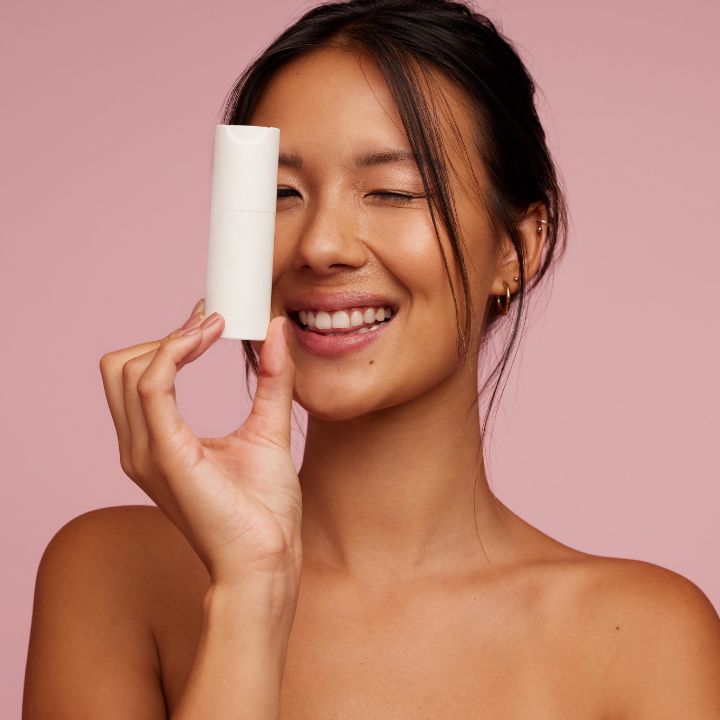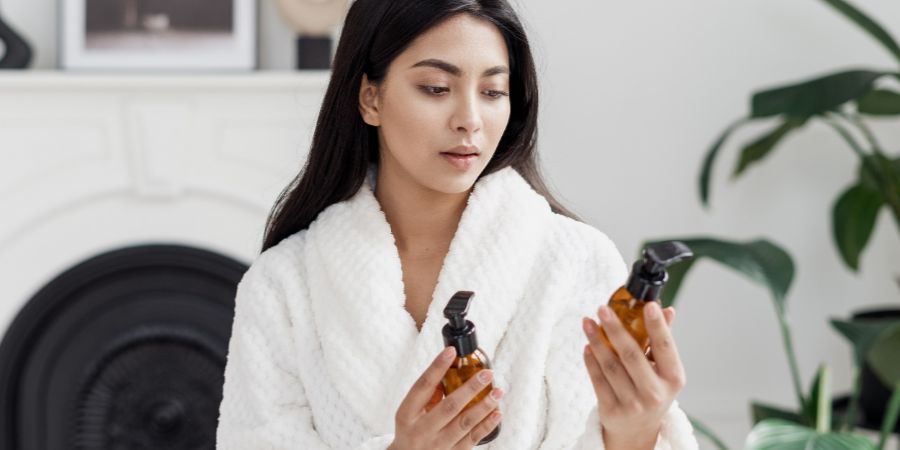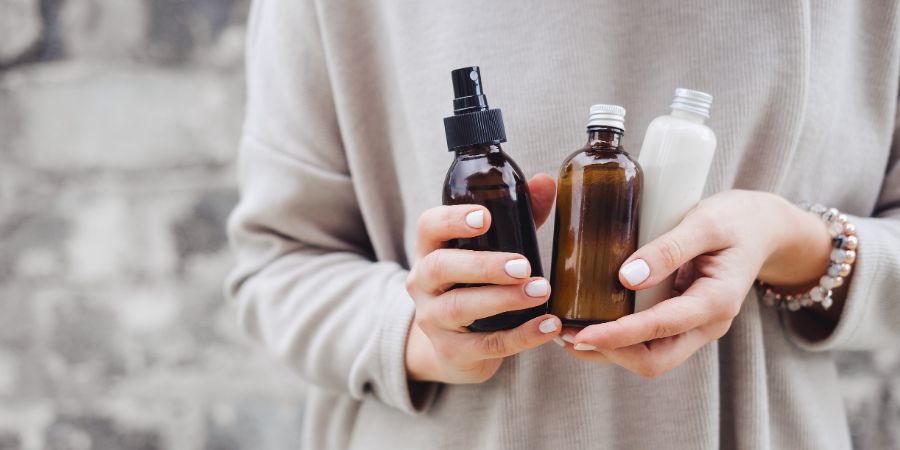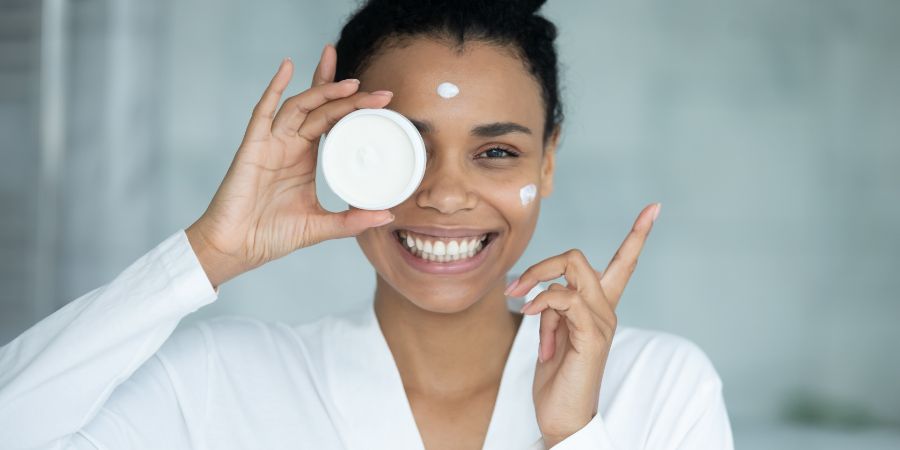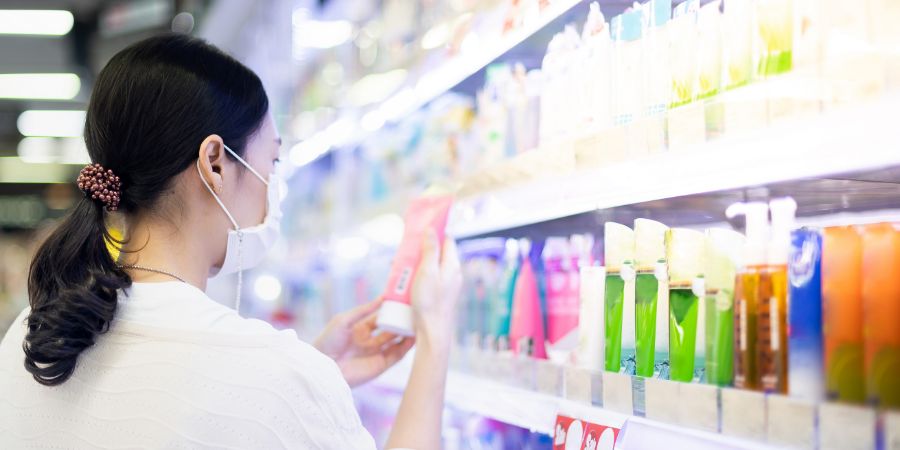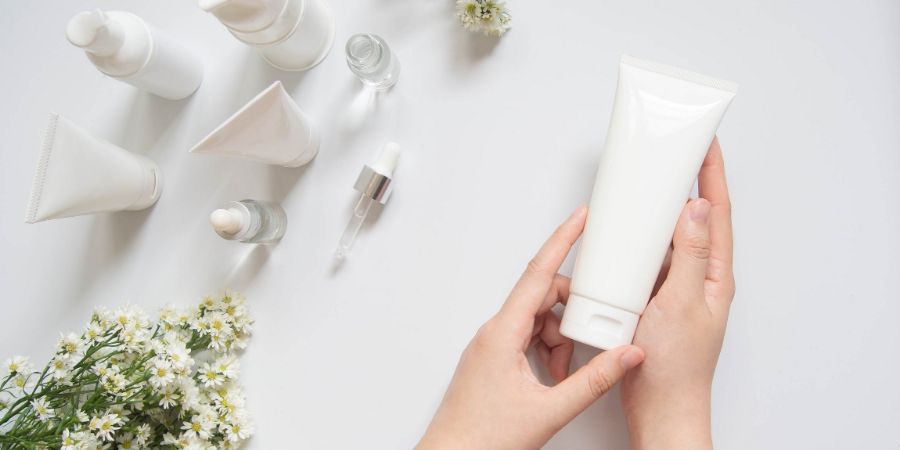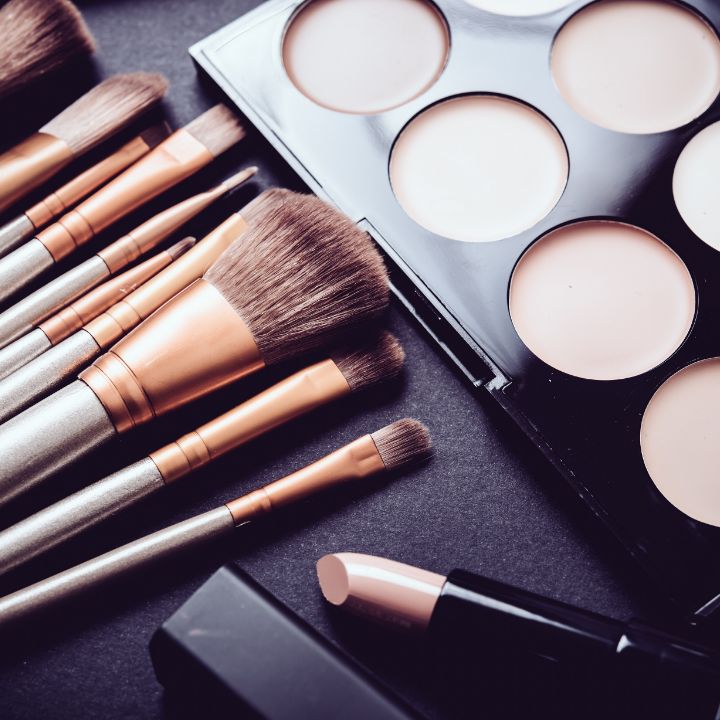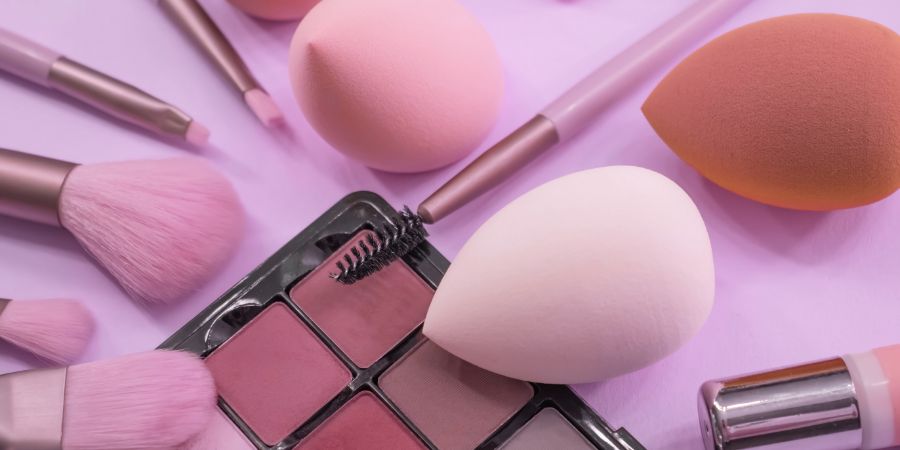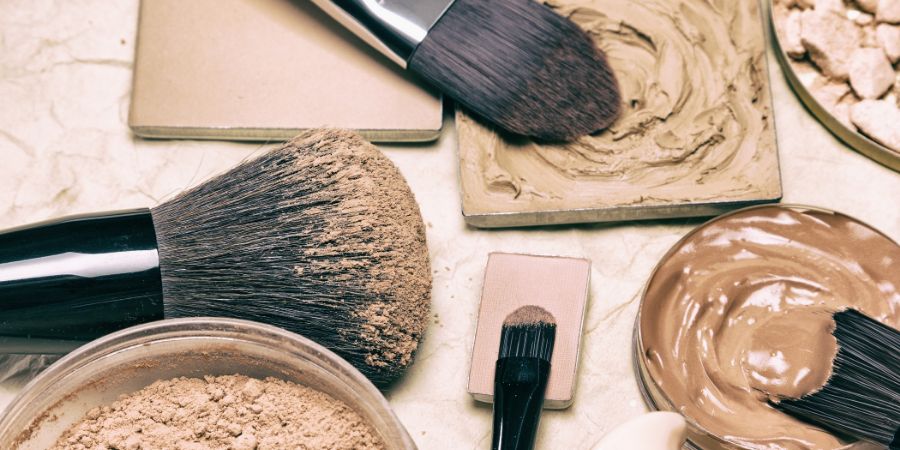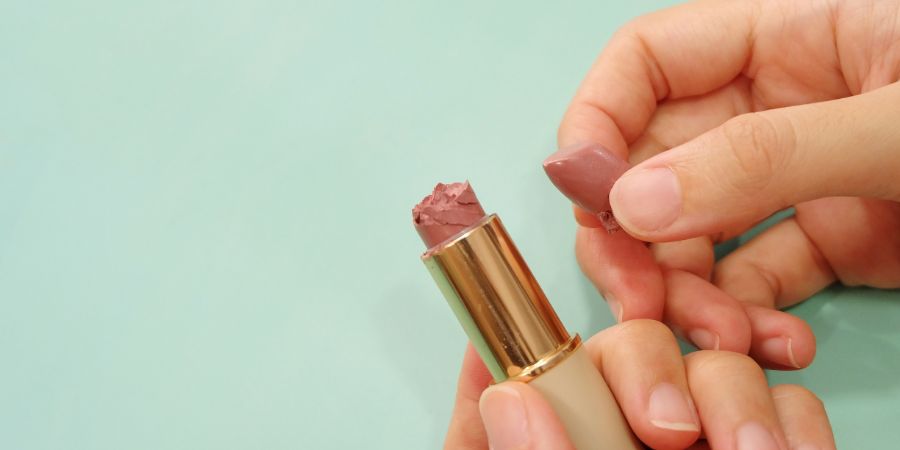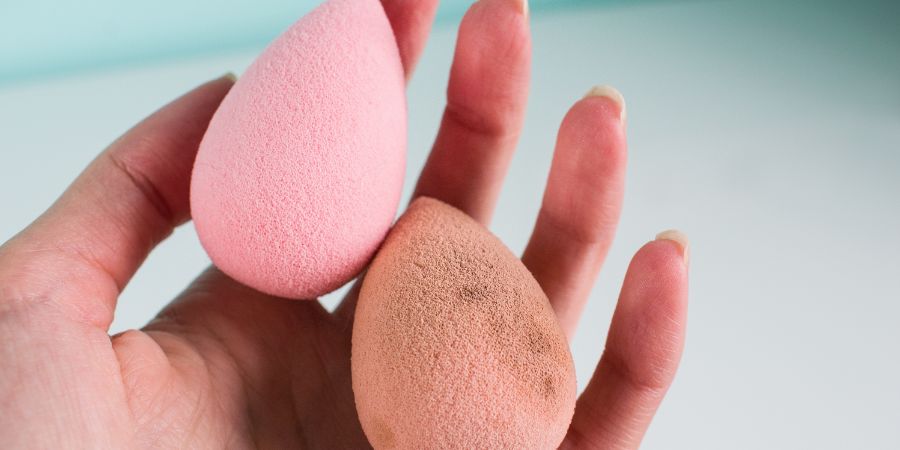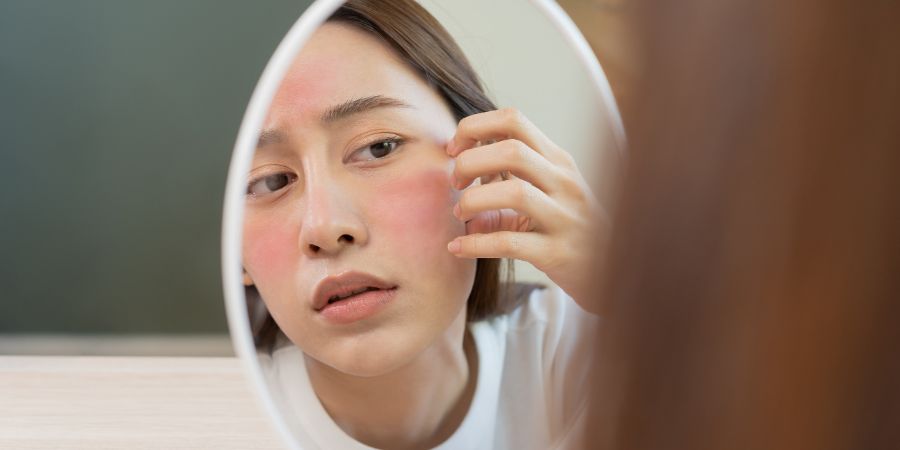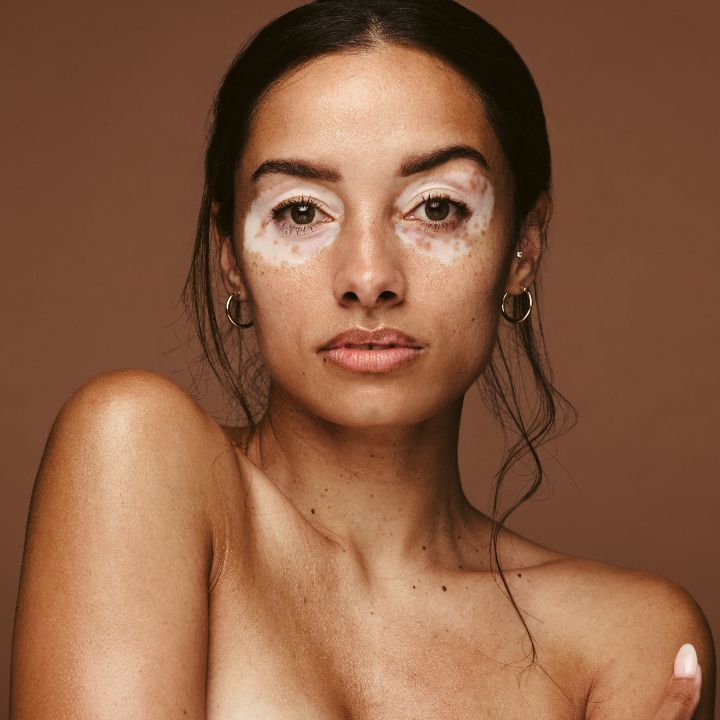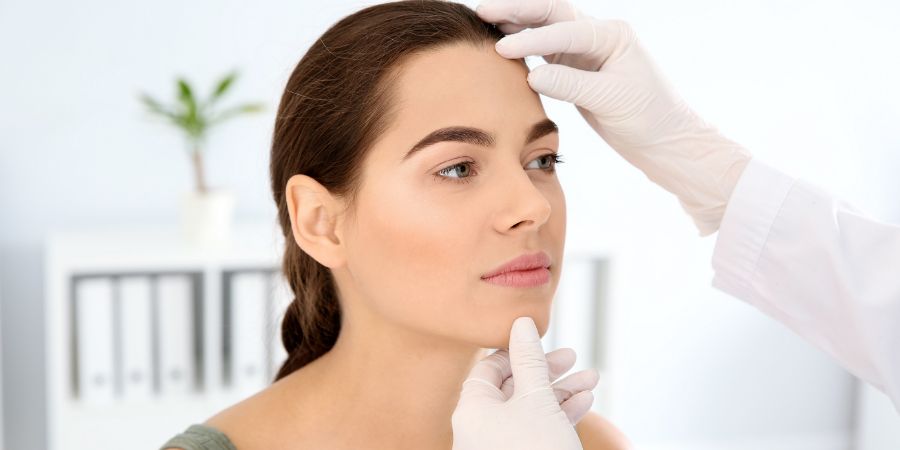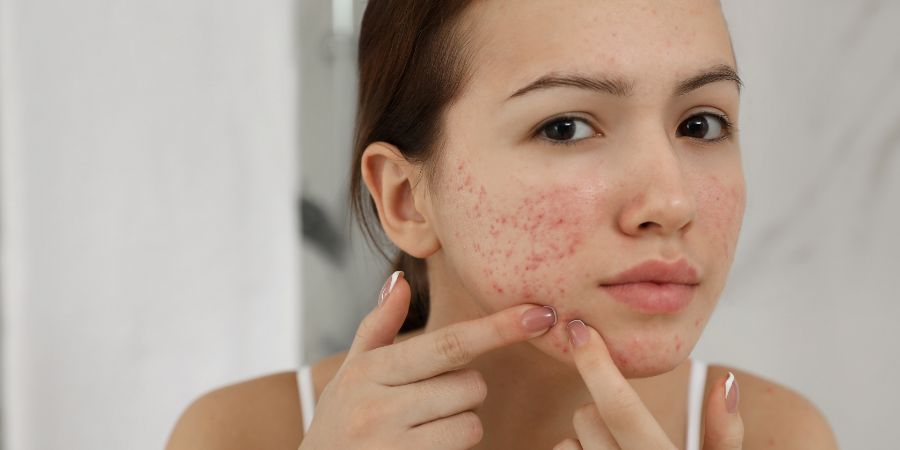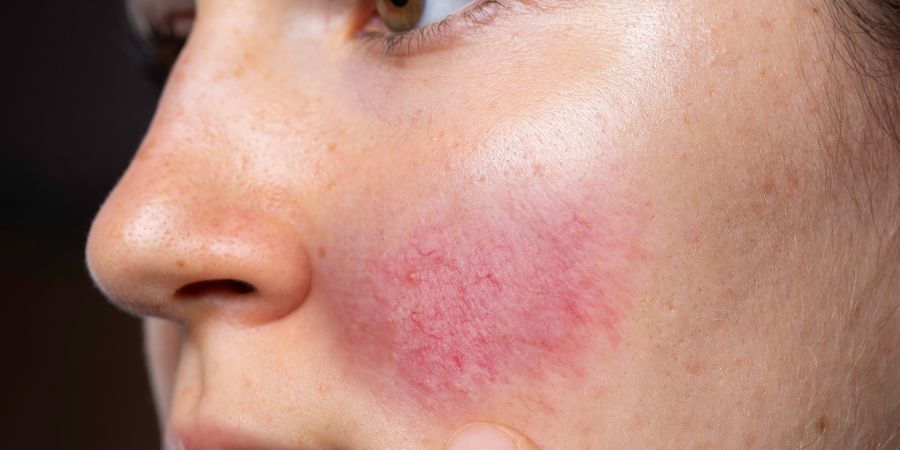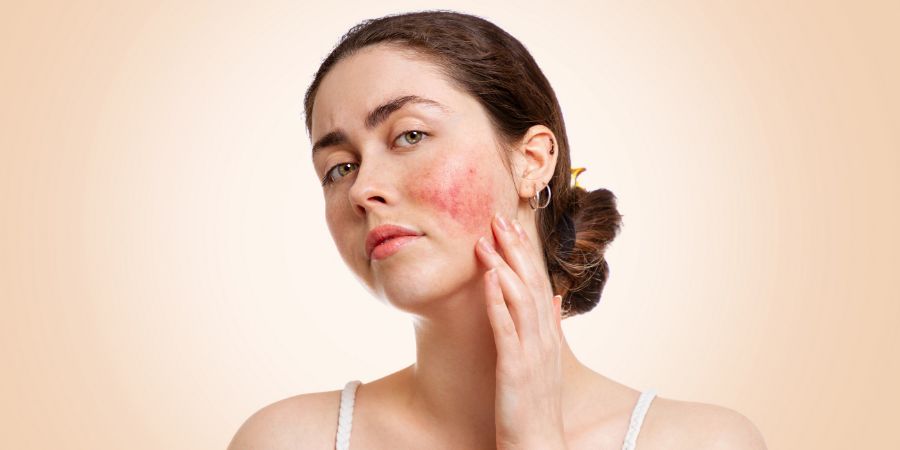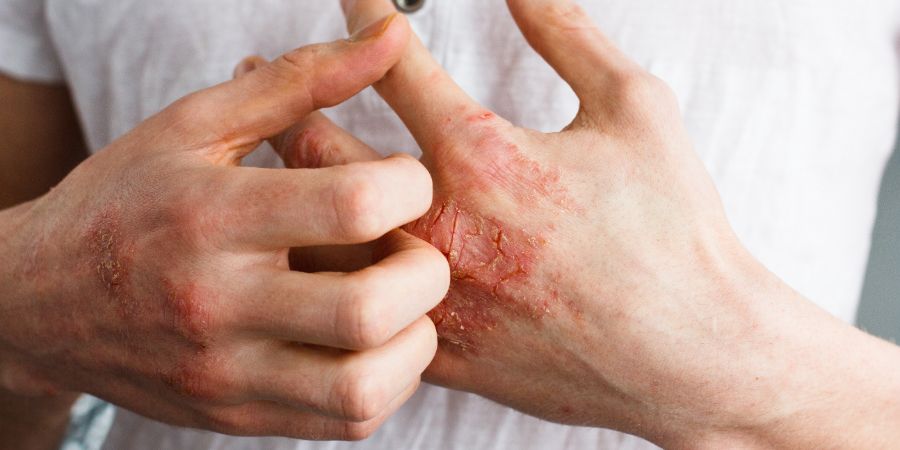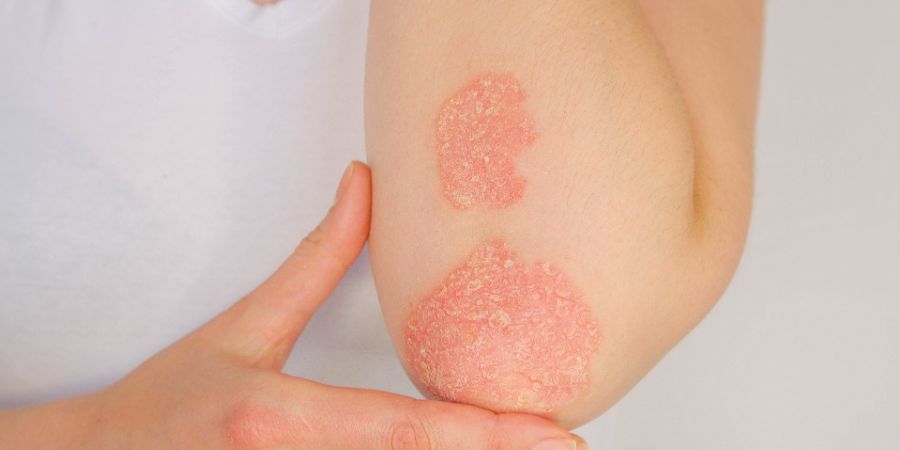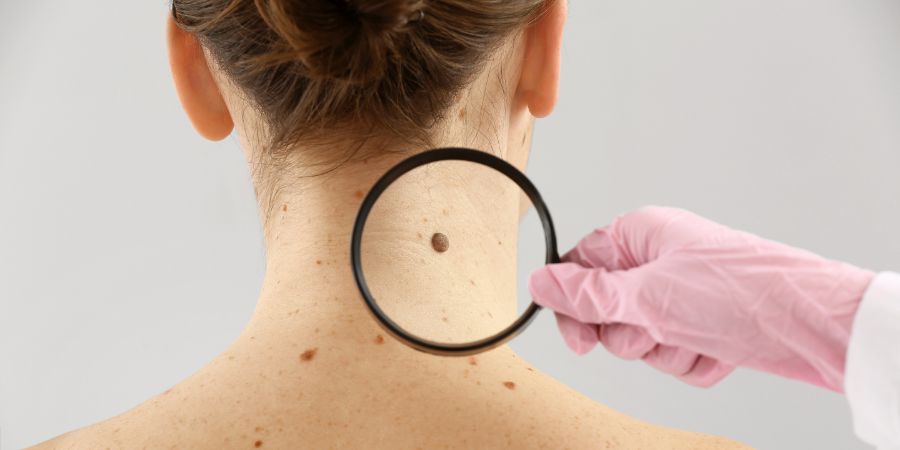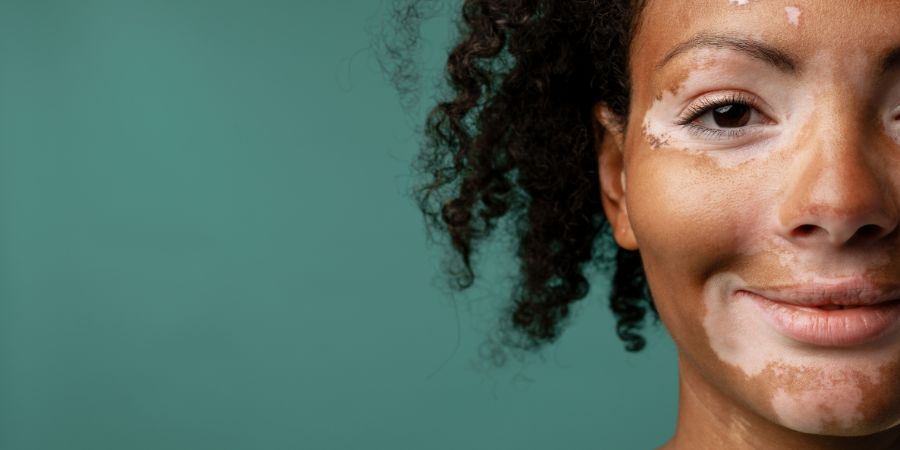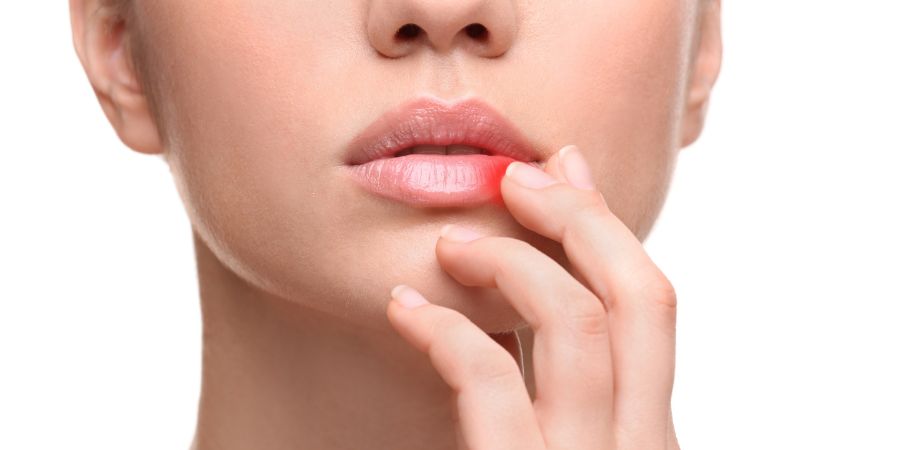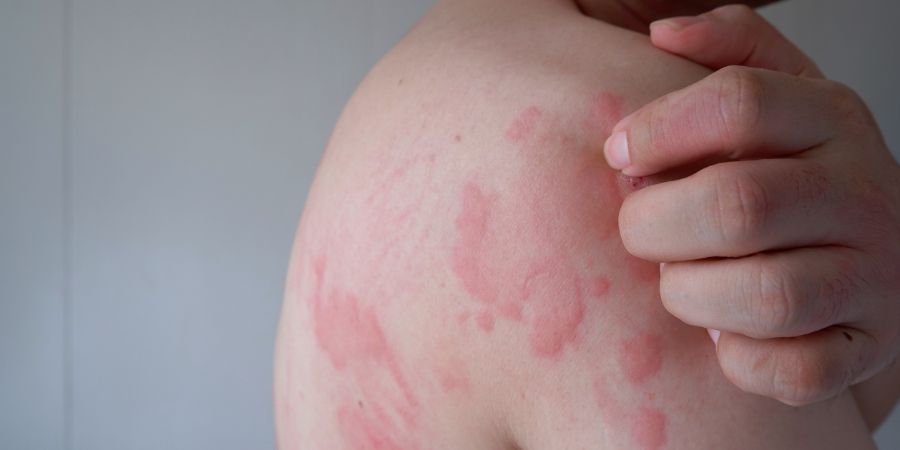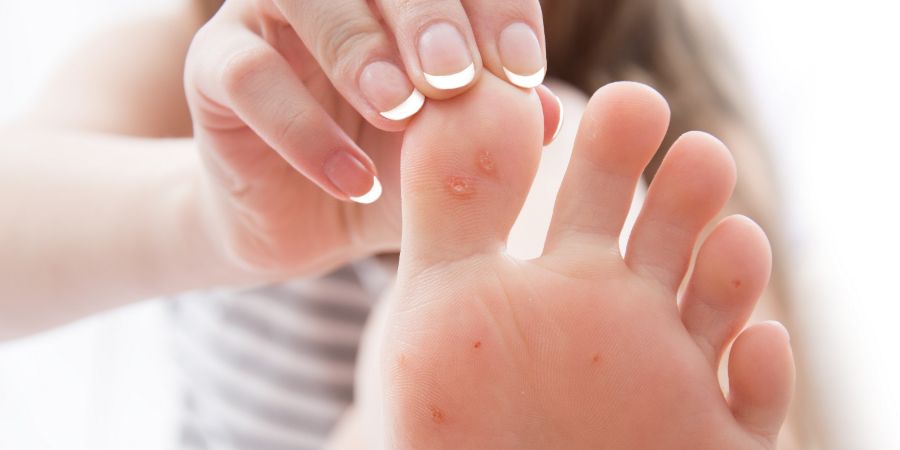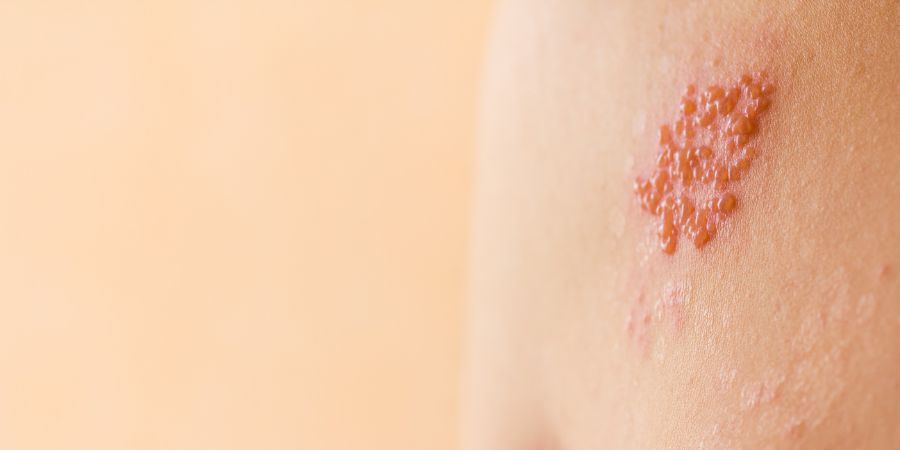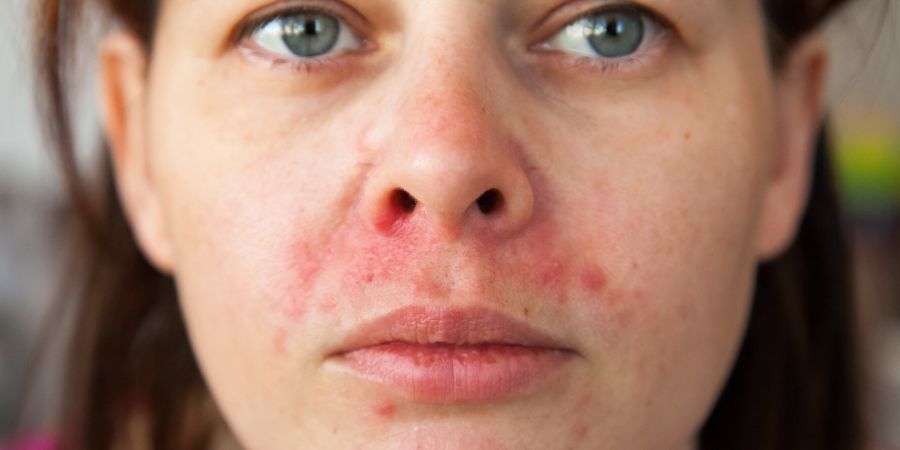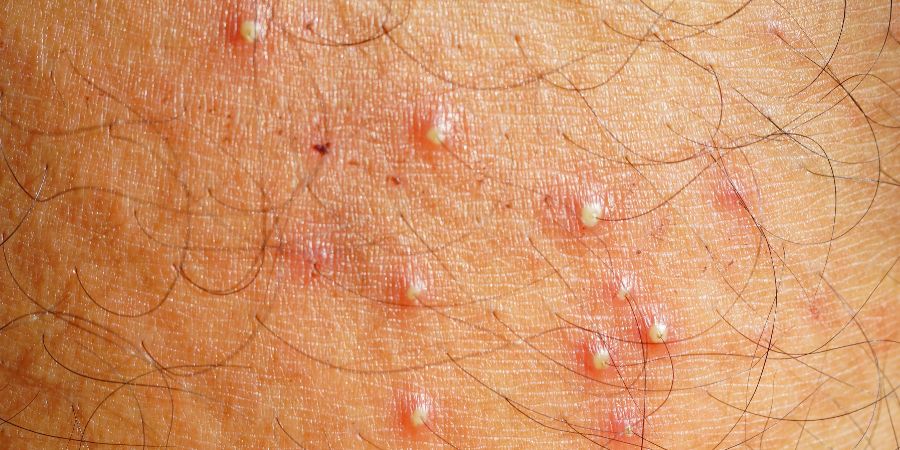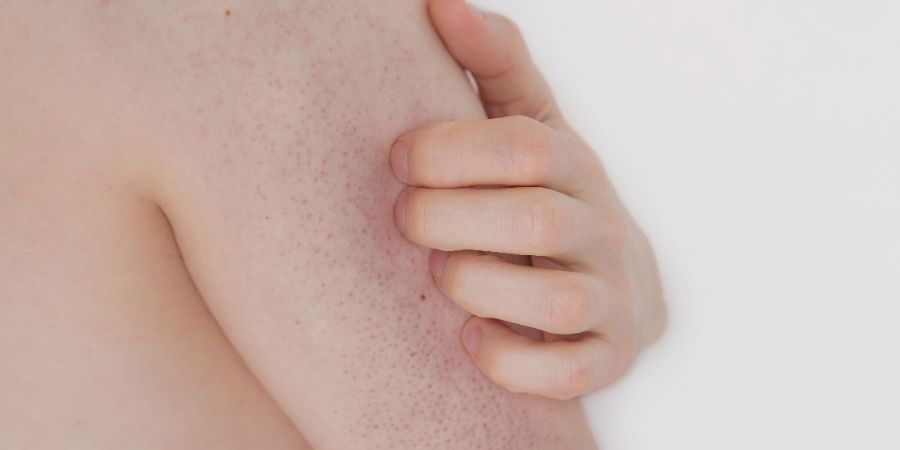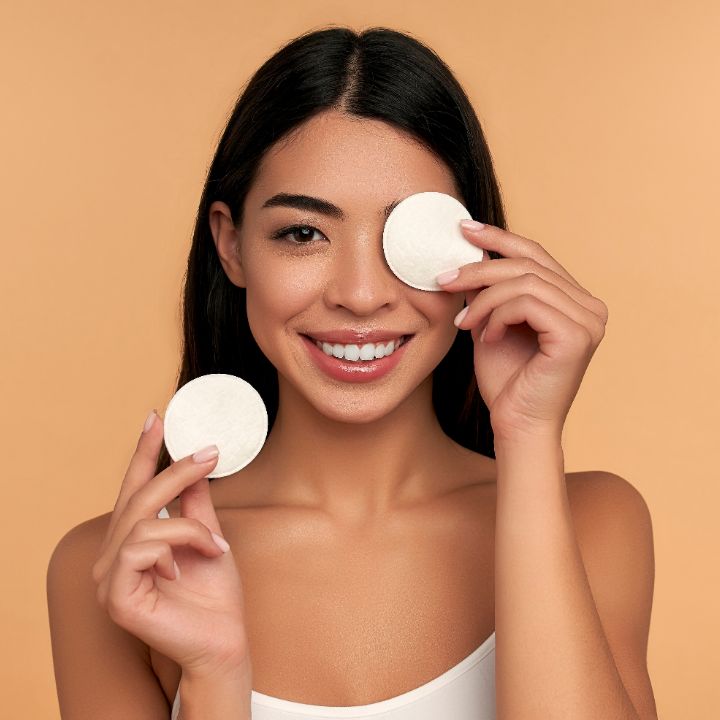
Does your beauty routine need a little work? You’re in luck! In this article, you’ll find 30 game-changing beauty habits you should start doing right away. By the time you’re finished reading, we GUARANTEE that you’ll have a brand-new beauty routine that’ll help you look and feel your best.
So, keep reading to find out what beauty habits you should adopt ASAP!
30 Beauty Habits You Should Start Doing Immediately
Beauty Habit #1: Stay hydrated!
FACT: Staying properly hydrated has countless benefits on your skin!
For example, drinking plenty of water helps keep your skin plump and hydrated, which can prevent wrinkles and sagging. Not to mention, it’s good for your overall health, too!
Experts recommend that the average adult should drink approximately 8 glasses of water per day.
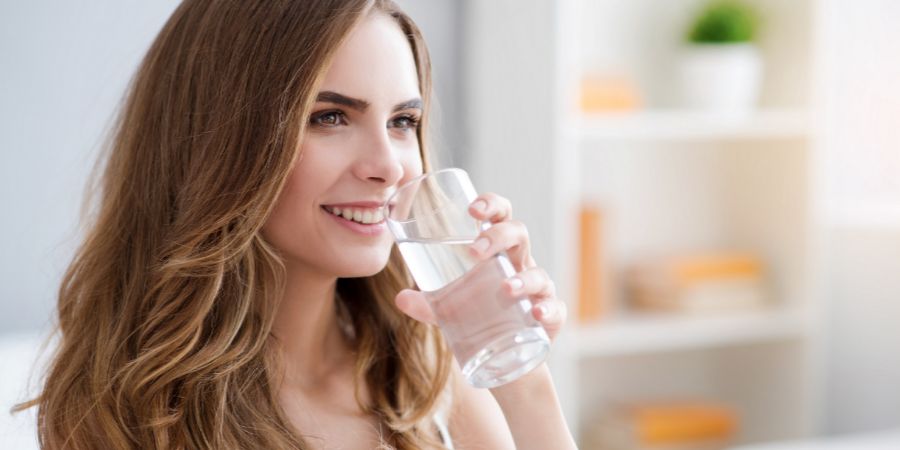
Beauty Habit #2: Never go to bed still wearing your makeup!
No matter how tired you are, taking a few minutes to remove your makeup before bed is non-negotiable! After all, makeup residue can clog pores and cause serious skin issues. We recommend using an oil-based cleanser or micellar water (whichever is more agreeable with your skin type) to effectively remove all traces of makeup.
Beauty Habit #3: Don’t JUST use a makeup wipe to clean your face!
This is a big mistake! Makeup wipes are appropriate for removing one layer of makeup, but they can’t get deep into your pores to remove all dirt and oil. So, if you want to ensure that your skin is as clean as possible, make sure to use a gentle cleanser in addition to the wipes.
Related: Are makeup removers actually bad for your skin? Learn the truth for yourself!
Beauty Habit #4: Try to avoid touching your face!
It can be hard to resist the temptation, but constantly touching your face can cause breakouts and other skin problems. Furthermore, your hands carry a lot of bacteria, which can easily transfer onto your face.
So, be sure to keep your hands clean and away from your face!
Beauty Habit #5: Wear sunscreen every single day!
Yes, even if it’s cloudy outside. Sunscreen is the key to having healthy, youthful-looking skin! UV rays can cause sunburns, wrinkles, and even cancer. So, make sure to use a broad-spectrum SPF 30+ sunscreen every day.
Beauty Habit #6: Figure out your skin type!
If you don’t know your skin type, chances are, you’re using the wrong products for your skin. In order to get the best possible results, it’s important to use products that are specifically designed for your skin type.
To figure out your skin type, we recommend reading this informative blog article by QC Makeup Academy‘s executive instructor (and certified Skincare Consultant), Nathan Johnson!
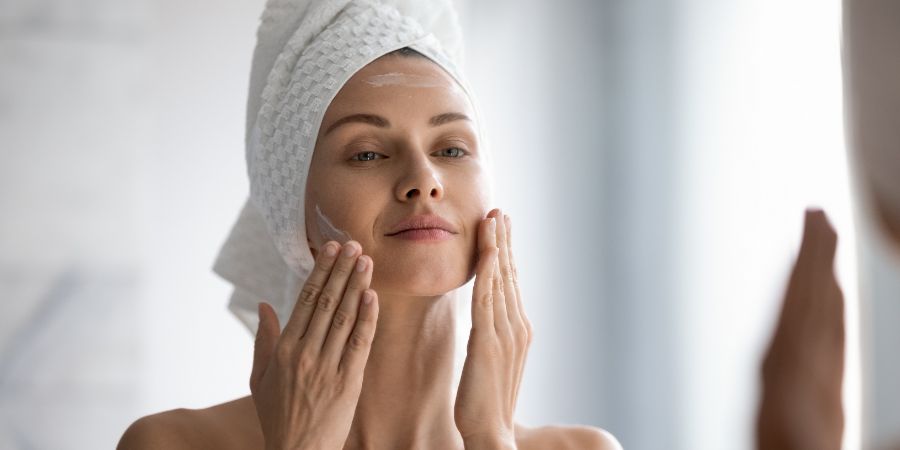
Beauty Habit #7: Craft a skincare routine that’s tailored to this specific skin type!
Once you’ve figured out your skin type, it’s time to craft a skincare routine that caters to its needs. This may include using gentle cleansers, moisturizers, serums, face masks, and more. Remember: the specific products you use should depend on your individual skin type. So, be sure to do plenty of research before you make any purchases!
Beauty Habit #8: Exfoliate (but not every day)!
Exfoliating is one of the best ways to get rid of dead skin cells and keep your pores clear. However, it’s important not to overdo it. Experts recommend exfoliating only 1-3 times per week to avoid irritating your skin. So, find a gentle exfoliator and use it sparingly!
Beauty Habit #9: Extend your skincare application to your neck and chest, too!
Your neck and chest are just as important as your face. That’s why it’s important to extend your skincare routine to these areas! We recommend using a gentle cleanser and moisturizer to keep your skin looking its best.
Beauty Habit #10: Eat a healthy diet!
Yes, what you eat can have an impact on your skin. Eating a diet full of healthy fruits and vegetables has been proven to give your skin a healthy glow. On the other hand, eating a lot of processed foods and sweets can lead to breakouts and other skin issues.
So, as much as it may suck for my fellow sweet-toothed beauties, make sure to eat a healthy, balanced diet for the best possible results!
Beauty Habit #11: Get advice from a certified Skincare Consultant!
If you’re still having trouble figuring out the best skincare routine for your skin type, it might be worth considering hiring a certified Skincare Consultant. They can help you craft a routine that caters to your exact needs, and give you advice on the best products for your skin type.
So, if you’re looking for help with your skincare routine, don’t hesitate to reach out to a professional! They can be an excellent resource.
Or, here’s an even BETTER idea: become a certified Skincare Consultant YOURSELF! You can do this in as little as 2 short months with QC Makeup Academy’s self-paced, online Skincare Course!
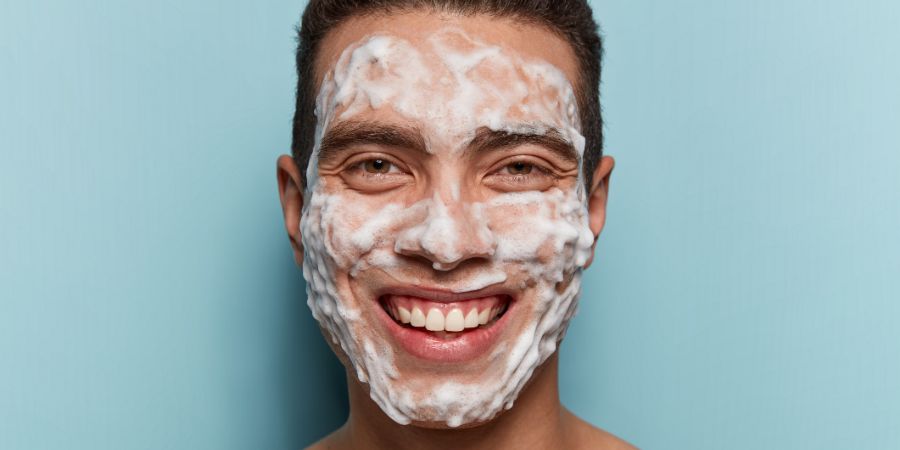
Beauty Habit #12: Switch your pillowcase!
It’s important to switch out your pillowcase every few days, as it can build up bacteria over time. Also, try using a silk pillowcase if possible, as it can help reduce wrinkles and keep your skin looking its best.
Beauty Habit #13: Wash your face in the morning and before bed!
Cleaning your face twice a day is one of the most important beauty habits you can have. Make sure to use a gentle cleanser, and…
Beauty Habit #14: Don’t forget to moisturize afterwards!
Moisturizing is essential for keeping your skin hydrated and looking its best. This is because moisturizers help to lock in hydration, so your skin stays healthy and glowing. Therefore, don’t forget to moisturize after you wash your face!
Of course, we recommend using a moisturizer that’s appropriate for your skin type, too. That way, you can ensure maximum results! Additionally, you may want to use a different moisturizer at night than you use in the morning. Nighttime moisturizers tend to be heavier and more hydrating, so they can help you wake up looking refreshed.
Beauty Habit #15: Protect your eyes from the sun!
And by that, we mean wear sunglasses. On top of the fact that, obviously, sunglasses will help protect your eyes from the sun’s harmful rays, they can also reduce wrinkles around your eyes. After all, when there’s a bright light on our face, our tendency is to squint…
But squinting too much can eventually lead to fine lines and wrinkles! So, don’t forget to throw on a pair of sunglasses whenever you’re out and about!
Beauty Habit #16: Get your beauty sleep!
For SO many reasons, make sure you’re getting enough sleep. Lack of sleep can lead to dull skin and dark circles under the eyes, so make sure to get your beauty rest. Plus, getting enough sleep (at least 7 hours at night) can help reduce stress and keep hormones balanced… Which means healthier skin all around!
Beauty Habit #17: Try using a serum!
Serums are a great way to give your skin an added boost. They contain concentrated ingredients that can help hydrate, brighten, and smooth your skin.
So, why not try using a serum every day and see how your skin responds? You may just be surprised at the results!
Beauty Habit #18: Avoid makeup and skincare testers at all cost!
Testers can be a great way to try out a product before you buy it – but the truth is, they can (and often do) also contain bacteria. This can lead to skin breakouts and other issues, so it’s best to just avoid them altogether.
It’s much better (and safer) to stick to products that you’re sure are clean. Plus, it’s also a good idea to switch out your makeup and skincare frequently, as bacteria can eventually accumulate on your products over time.
Fun (but gross) fact: most of our makeup products are literally swimming in bacteria. It’s actually quite impressive – although, again, so gross.
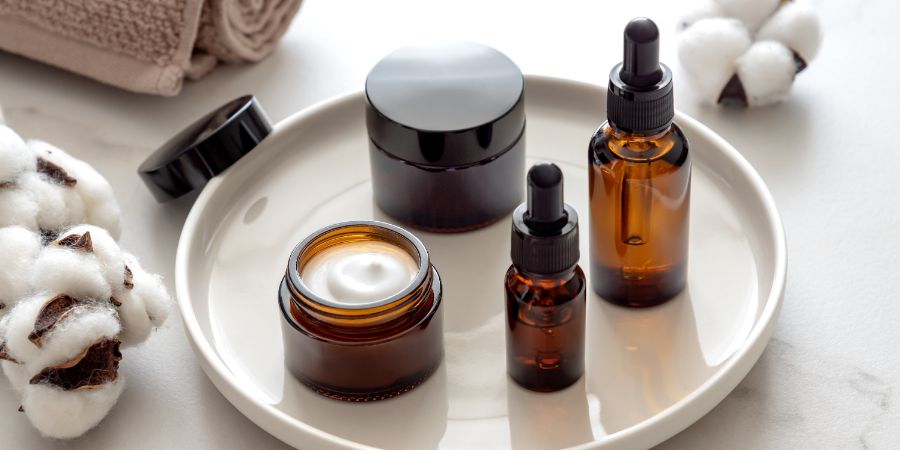
Beauty Habit #19: Prioritize your mental health!
Yes, this is very much a beauty habit you should start doing ASAP (if you aren’t already)! Mental health is just as important for your beauty routine, as it can affect how your skin looks and feels. Not to mention, obviously, your overall well-being is the most important thing of all!
So, make sure to take time out of your day to focus on your mental health. This can be anything from reading a book, taking a walk, or treating yourself to an occasional spa day. Prioritizing your mental health can help keep your skin looking its best (and keep you feeling happy and relaxed too).
What could be better than that?
Beauty Habit #20: Throw away outdated makeup and/or skincare products!
It’s not just a good beauty habit to throw out outdated products – it’s actually an important safety precaution. If you don’t know the expiration date of a product, look for the open jar symbol on the packaging. That will tell you how long it’s safe to use the product before you should discard it.
After all, expired makeup and skincare products can contain bacteria that can lead to skin infections or other issues. It’s just not worth the risk – so, better safe than sorry!
Beauty Habit #21: Clean your phone screen!
Your phone screen, believe it or not, can be a major source of bacteria. Just think about all the places your phone has been and all the germs it has come in contact with. Yuck, right?
So, make sure to clean your phone screen frequently with a damp cloth – and don’t forget to clean the case, too!
And while you’re at it, why not give your hands a good wash, too? There’s no such thing as being “too clean” when it comes to skincare and beauty habits!
Beauty Habit #22: Opt for natural skincare products!
Whenever possible, try to choose natural skincare products – even if it’s just some of the time. Natural products are much gentler on skin and can be more effective than harsh chemical alternatives. Plus, they often smell great, too (and those yummy smells aren’t artificial either!).
Beauty Habit #23: Regularly clean your makeup and skincare tools!
Makeup brushes, sponges, tweezers, and all those other tools we use for our beauty routines are all prone to collecting bacteria. This is why it’s so important to clean them regularly and properly. Otherwise, you could be introducing bacteria onto your skin each time you use them.
As such, make sure to give your tools a good scrub every few weeks (or even more often if possible) to keep them – and your skin – clean and healthy.
Pro Tip: Not sure how to properly clean your makeup tools? We’ve got you covered!
Beauty Habit #24: Be consistent with your skincare routine!
A great skincare routine is only as effective as your consistency. If you’re only using your products every now and then, it’ll be much harder to see the results you want – and your skin won’t be as healthy either.
So, make sure to stick to your routine! That way, you can reap the full benefits of it, and actually see the results you’re after.
And, of course, don’t forget to enjoy it, too! Make it part of your self-care routine and take some time to pamper yourself each day.
Beauty Habit #25: Know which powerhouse skincare ingredients to look for!
When it comes to skincare, not all ingredients are created equal. Instead of just reaching for any old product off the shelf, educate yourself on which ingredients are the best for your skin type – and look out for those powerhouse ones!
A few of our favorite skincare ingredients include vitamin C, hyaluronic acid, AHAs, and BHAs. (If you want to know why, check out this amazing webinar!) Not only do they help to boost skin radiance; they can also help to reduce signs of aging and improve skin tone.
So, be sure to look for these ingredients in your favorite skincare products – your skin will thank you for it!
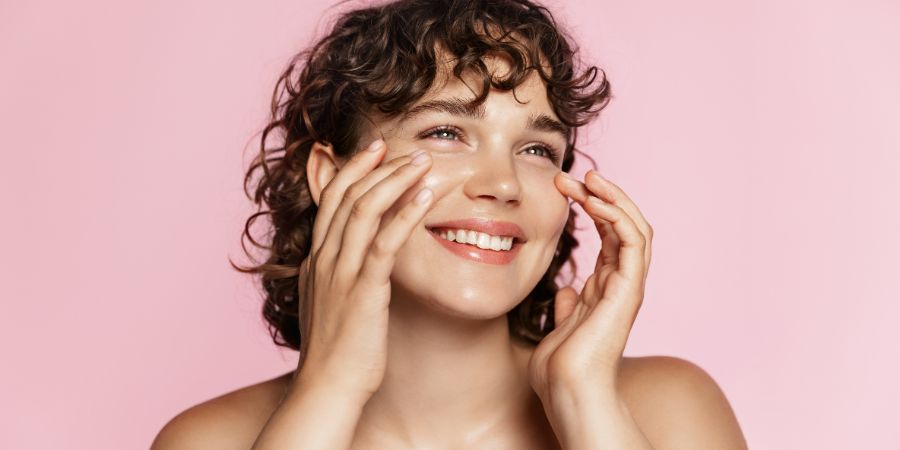
Beauty Habit #26: Try not to pop your zits!
I don’t know about you, but I’m terrible for this – and always have been. But, it’s actually a very bad habit to get into!
Popping your zits can lead to skin issues such as scarring and infection. Plus, it can damage the delicate skin around and beneath the pimple. So, instead of popping or picking at your acne, opt for a gentle spot treatment instead… Or, better yet, go see a dermatologist!
Pro Tip: Not sure where to find the right dermatologist for you? These 7 simple steps break down the process from start to finish!
Beauty Habit #27: Leave the invasive skincare treatments to the professionals!
Nowadays, you can find literally everything online – and that includes things like chemical peels, laser treatments, and Botox. However, it’s important to remember that these are invasive treatments and should only be performed by a qualified professional!
Don’t be tempted by the thought of getting these treatments done at home – it won’t end well. We can promise you that. At best, you’ll be disappointed with the results; at worst, you could end up doing serious damage to your skin.
As a good rule of thumb, if you want any of these types of treatments, always seek out a board-certified practitioner to make sure you get the best possible results.
Beauty Habit #28: Always perform a patch test first with any new products!
It doesn’t matter how much your friend raves about a particular product; you should always be sure to perform a patch test first. It’s the best way to make sure that the product is suitable for your skin type, and won’t cause any reactions or irritation.
All you need to do is apply a small amount of the product to your skin and wait for 24-48 hours. If there’s no reaction, then it should be safe to use on your face. Just don’t forget to apply a moisturizer afterwards!
Beauty Habit #29: Treat yourself to a face mask!
We all know that a face mask can be a great way to give your skin an extra boost. They’re also super relaxing, which always helps to reduce stress and promote healthy skin.
If you want maximum results, opt for a clay mask! They work best to purify your skin, draw out impurities, and even control excess oil. Furthermore, you can also find face masks with other powerhouse ingredients, too – such as vitamin C or hyaluronic acid.
Beauty Habit #30: Take a skincare course so you can better understand your skin!
Understanding your skin is one of the best things you can do for it. Taking a skincare course will help you to learn more about your skin type, what ingredients are best for you, and how to take proper care of it – in a fun and interactive way.
In QC Makeup Academy’s self-paced, online Skincare Course, for example, you will learn all about:
- The basics of skincare;
- Skin anatomy and types;
- Understanding (and being able to read) skincare labels;
- Picking the right products and tools;
- Makeup recommendations with skin consideration in mind;
- Morning vs. nighttime skincare regimens;
- Different skin concerns and conditions;
- How to assess skin and recognize these concerns and conditions;
- Skincare for acne-prone skin;
- Anti-aging skincare;
- How to launch a successful business as a professional Skincare Consultant;
- And more!
And the best part?
The right skincare course can even arm you with a professional certification that you can add to your resume! Meaning, if you wanted to, you can even turn your newfound knowledge into a successful business!
Related: Check out how QC’s Skincare Course helped graduate and professional MUA, Nadia Calabro, become an even stronger makeup artist!
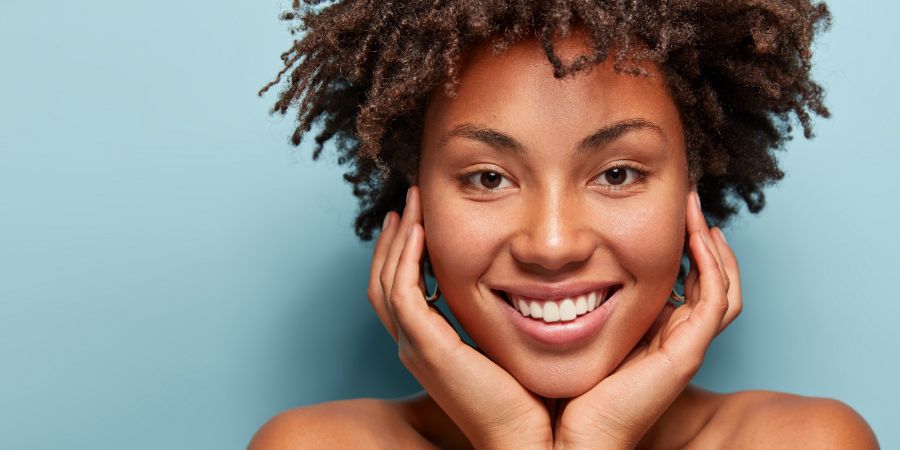
Frequently Asked Questions
Lastly, let’s wrap things up by answering some commonly asked questions about beauty habits…
Q: How do I start a daily beauty routine?
A: The best way to start a daily beauty routine is to make sure you’re sticking with the basics. Cleanse and tone your skin, and then apply a moisturizer. You can also add in other steps, such as toning and exfoliating your skin, as well as applying eye cream and facial masks.
Q: What habits make your skin glow?
A: The best habits for glowing skin are:
- A healthy diet;
- Drinking lots of water;
- Using natural products and ingredients;
- Exercising regularly;
- Getting enough sleep;
- Protecting your skin from the sun;
- Limiting sugar and processed foods;
- Using gentle cleansers and moisturizers;
- And using weekly face masks.
Q: What are the 5 basics of skincare?
A: The 5 basics of skincare are:
- Cleansing
- Toning
- Moisturizing
- Exfoliating
- Using sunscreen
These five steps will help to keep your skin looking and feeling its best! By following these simple steps, you can maintain a healthy and glowing complexion.
Q: How do I simplify my beauty routine?
A: To simplify your beauty routine, focus on only the essentials. Stick to cleansers and moisturizers that work for your skin type, stay away from harsh ingredients, and don’t be afraid to experiment with different products. Also, make sure you’re taking care of your skin from the inside out by eating a balanced diet, drinking lots of water, and getting enough sleep.
Remember: beauty starts from within!
Q: What is a really good morning beauty routine?
A: A really good morning beauty routine should include cleansing and toning your skin, applying a moisturizer, using sunscreen, and drinking plenty of water. This routine should be followed every day – even on days when you don’t wear makeup or plan to leave the house. This will help to keep your skin looking and feeling its best.
Q: What skincare routine should I do at night?
A: At night, your skincare routine should consist of cleansing and toning your skin, applying a moisturizer, exfoliating (if necessary), and using an eye cream. It’s also important to remember to remove any makeup before going to bed. As we mentioned earlier, this helps to unclog your pores and allow your skin to breathe.
Q: What are some of the top recommend DAILY beauty habits?
A: Some of the top recommended daily beauty habits include:
- Cleansing and toning your skin;
- Using a moisturizer;
- Using sunscreen;
- Removing makeup and unclogging pores;
- Drinking lots of water;
- Eating a balanced diet;
- Exercising regularly;
- Protecting your skin from the sun;
- Using gentle products and ingredients;
- And using weekly facial masks.
Q: How can I build a skincare regimen on a budget?
A: Building a skincare regimen on a budget is possible! Start by focusing on the basics, such as cleansing and moisturizing your skin. You can also look for affordable skincare products that are made with natural ingredients.
Additionally, you can use DIY skincare recipes, such as homemade masks and face scrubs, to help keep your skin looking and feeling its best!
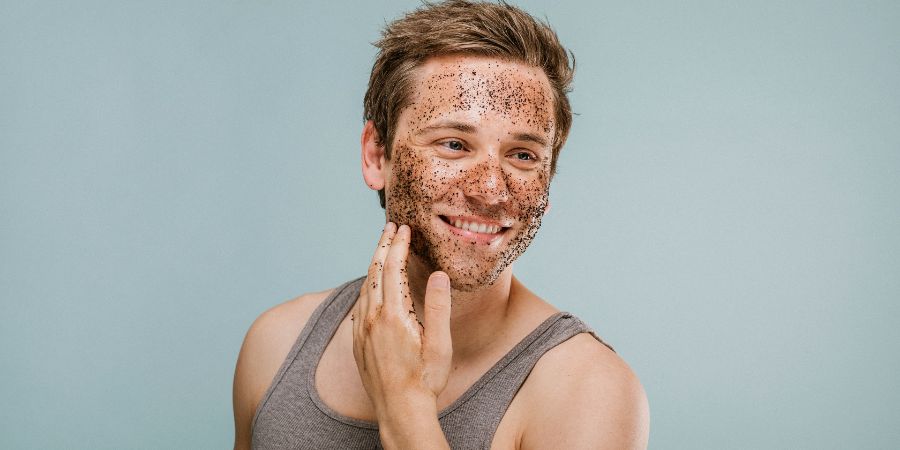
Conclusion
Beauty is all about taking care of your skin from the inside out. Start with building a daily beauty routine, and make sure you’re sticking to the basics – that way, you’ll be well on your way to having beautiful and glowing skin! Remember: there are plenty of affordable options for skincare products, DIY recipes, and natural ingredients that are all great for your skin.
With a little bit of care and dedication, you can have gorgeous skin in no time!
Good luck and happy beauty habits-ing!
